Remember when the glove compartment was like a miniature treasure chest in your car? Long before navigation apps and smartphone holders, these little dashboard cubbies held all the essentials for life on the road in the disco decade. As we take this nostalgic journey back to the days of vinyl seats and AM radio, you might just find yourself smiling at memories of rummaging through your parents’ glove box on family road trips.
1. Paper Road Maps

Those impossible-to-refold paper maps were the lifeline of ’70s travel, with their colorful highways and confusing interchanges that required a navigator’s certification to decipher. Creased along well-worn routes to Grandma’s house or summer vacation spots, these maps told stories of adventures past and journeys yet to come. The savviest drivers kept a collection organized by state or region, often with pencil marks noting preferred gas stations or that fantastic diner with the cherry pie. Esri considers map reading a foundational skill children should learn as a means of developing a wide variety of other valuable skills.
Before GPS and smartphones, wrong turns meant pulling over to the shoulder, interior light on, while Dad and Mom debated which exit they missed. These trusty maps from Texaco, Shell, or AAA were free for the asking at service stations, making them collectibles of practical use rather than just souvenirs. Remember how the passenger seat navigator earned their keep by mastering the art of folding the map to show just the relevant section while calling out upcoming turns?
2. Eight-Track Tapes
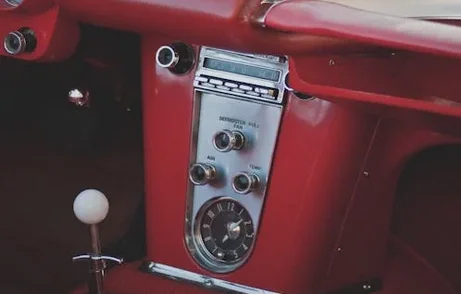
No ’70s car ride was complete without an eight-track tape or two tucked into the glove compartment, ready to replace whatever was playing when that inevitable “ka-chunk” signaled a track change. Those bulky plastic rectangles holding music by Fleetwood Mac, The Eagles, or ABBA were the perfect size to fill a glove box to capacity, forcing everything else to find new homes. The plastic cases often showed wear from temperature extremes – expanding in summer heat, becoming brittle in winter cold. This Day in Music doesn’t have a ton of love for eight tracks, but stresses their importance in music history.
Savvy music lovers knew to keep their favorites accessible for quick swaps when the mood changed or when the ribbon inevitably snagged. Nothing said “road trip emergency” quite like the panic of your favorite Carpenters tape suddenly unwinding inside the player on a lonely stretch of highway. Many a parent learned to travel with a pencil handy, perfect for rewinding tape that had come loose from the cartridge.
3. Owner’s Manual
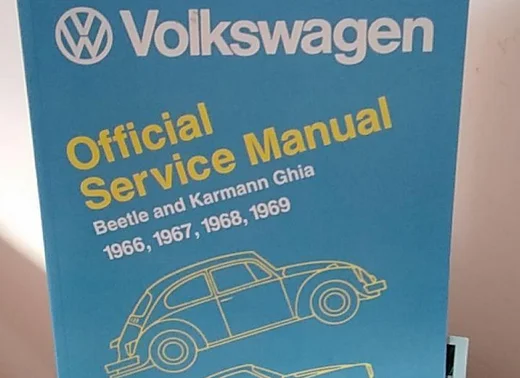
That pristine, never-opened booklet containing everything you needed to know about your Chevy Impala or Ford LTD was always there, just in case. Wrapped in clear plastic with maintenance schedules and troubleshooting tips, it remained in mint condition despite being wedged between maps and napkins for years on end. Most owners only cracked it open when dashboard warning lights flickered to life or strange noises emerged from under the hood. The Garage Journal has some handy storage ideas for keeping manuals safe and legible, though not always in the glove compartment.
The manual included helpful illustrations of engine parts that somehow never quite matched what you found when you popped the hood. Those diagrams showing fuse box layouts became invaluable when the power windows suddenly stopped working halfway through a summer road trip. Mechanics would often chuckle when owners brought in their vehicles with the manual still in its original plastic wrapper – a telltale sign that DIY repairs weren’t in that driver’s wheelhouse.
4. Emergency Change for Payphones

A small stash of quarters, dimes, and nickels rattled around in most glove compartments, ready for emergency calls from roadside payphones when your car inevitably broke down. Parents taught teenagers to always keep enough change for at least two calls – one to home and one to a tow truck – lessons that became second nature in an era before cell phones. That distinctive clink of coins shifting around became part of the soundtrack of opening the glove box, along with the crinkle of fast-food napkins and map paper.
Finding a payphone during an emergency often meant walking to the nearest gas station or restaurant, making that coin stash literally worth its weight in gold. Many drivers separated their phone change from toll booth quarters, creating elaborate systems involving old pill bottles or small envelopes marked “EMERGENCY” in careful handwriting. Remember the frustration of finding your emergency coin stash raided by someone who needed vending machine money, leaving you with nothing but pennies when you really needed to make that important call?
5. Leatherette Registration Holder
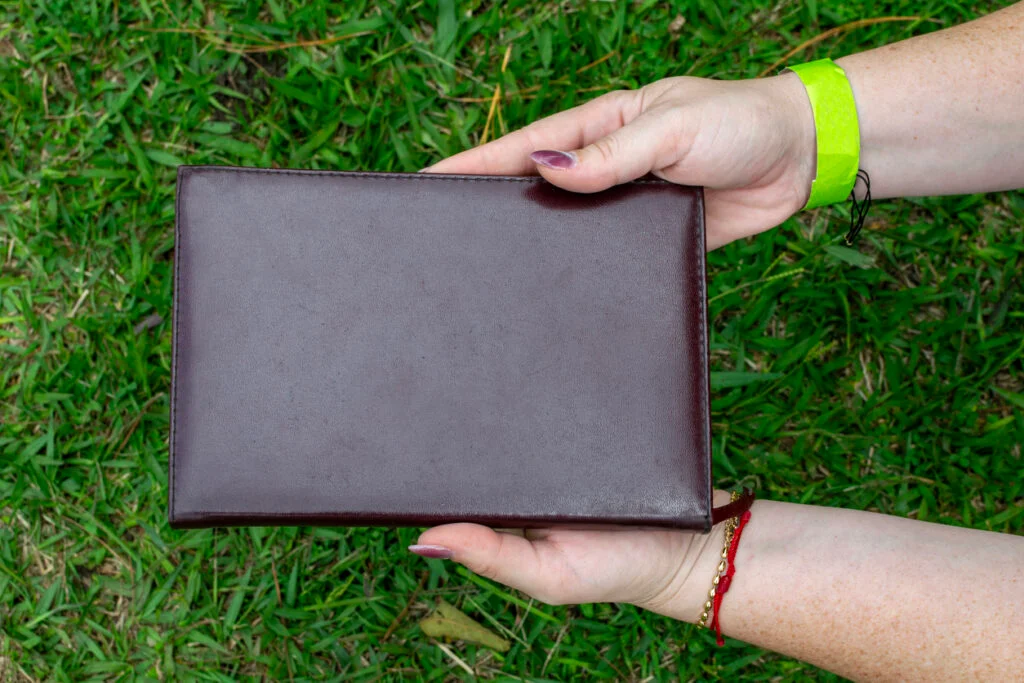
That faux leather pouch containing your vehicle registration and insurance information was a glove compartment staple, usually sporting the logo of your insurance company or local dealership. These utilitarian holders kept important documents protected from soda spills and melted candy bars while making them easy to find when that police cruiser appeared in your rearview mirror. The plastic window on the front yellowed with age, making it a time capsule of ’70s automotive ownership.
Opening that snap closure revealed neatly folded papers that proved you were legal to drive that wood-paneled station wagon or vinyl-topped sedan. Many drivers kept outdated registrations alongside current ones, creating an archaeological record of rising fees and changing regulations over the years. Dedicated organizers would replace the free leatherette version with leather upgrades from JCPenney or Sears, often monogrammed with their initials or their car’s make.
6. Pack of Cigarettes
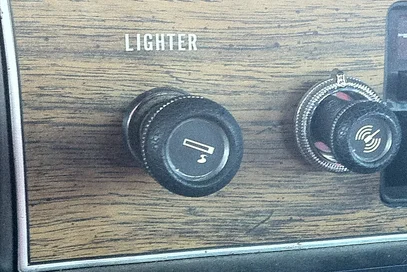
Long before smoking became socially unacceptable, a pack of Marlboros, Kools, or Virginia Slims was standard glove compartment equipment, often accompanied by a plastic lighter or book of matches. Those familiar red, green, or white packs were backup supplies for the pack already sitting in the dash ashtray or shirt pocket, ready for long drives when stopping at a gas station wasn’t convenient. The glove compartment provided protection from summer heat that could dry out cigarettes left on the dashboard, preserving that fresh tobacco smell until needed.
Parents often used the glove box to hide their smoking habit from judgmental children or in-laws, creating the perfect excuse to “check the maps” when the nicotine craving hit. Remember how common it was to borrow a friend’s car and instinctively know where their emergency smokes would be hiding? The lingering tobacco scent permeated everything else in the compartment, from maps to registration papers, creating that distinctive “car smell” that defined so many family vehicles.
7. Plastic Sunglasses
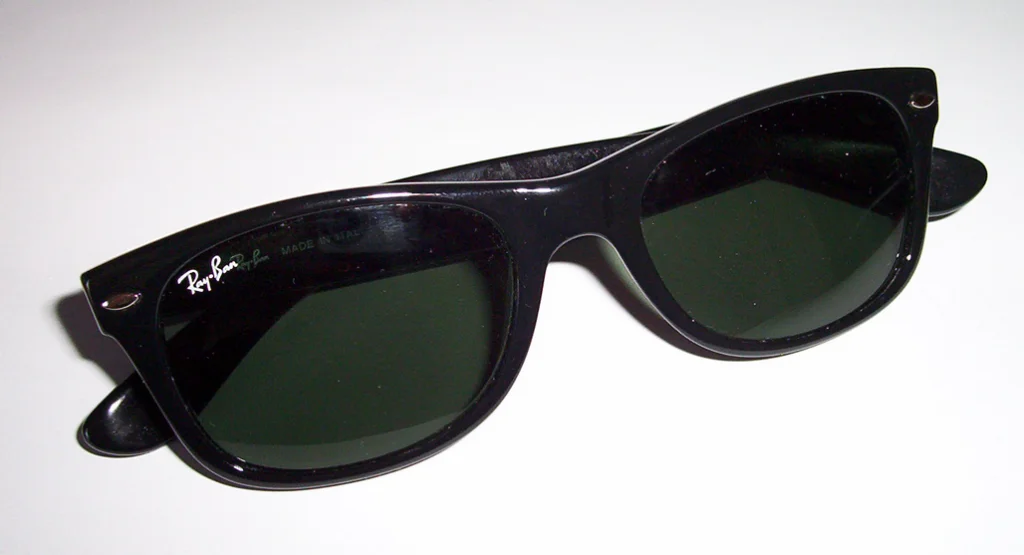
Those oversized plastic sunglasses with gradient lenses and chunky frames found their home in the glove compartment, always ready for unexpected bright days. Usually unisex in style and often bearing scratches from being tossed in alongside maps and tire gauges, these were the backup pairs that saved the day when your good sunglasses were left at home. The cheap plastic cases they came in rarely survived more than a few weeks, leaving the glasses to fend for themselves against the other items jostling for space.
These functional fashion accessories emerged wrinkled and warm when needed, their temples slightly bent from being crammed next to the vehicle manual for months at a time. Many families had an unspoken understanding that glove compartment sunglasses were communal property – anyone riding shotgun had permission to use them when the sun hit that perfect blinding angle during sunset drives. Remember digging through napkins and receipts, searching for those backup shades while trying to drive into the setting sun, only to find they’d slid all the way to the back of the compartment?
8. Fast Food Napkins

A crumpled collection of napkins from McDonald’s, Burger King, and local diners formed an essential paper towel substitute for everything from spilled sodas to runny noses. These thin paper squares, often bearing fast food logos or those distinctive brown recycled napkins from Howard Johnson’s, multiplied mysteriously over time as drivers grabbed “just a few extra” from the dispenser with each meal. Parents became expert napkin hoarders, knowing that road trips with children required absorption capabilities that would impress NASA engineers.
The napkin collection expanded and contracted throughout the year, depleted by spring allergies or summer ice cream disasters, then replenished during routine fast food stops. These versatile paper products served as emergency toilet paper, makeshift oil dipstick wipers, and window cleaners when that unfortunate bird incident occurred on the highway. The unwritten rule of ’70s car ownership seemed to be that one could never have too many napkins, especially when traveling with children who considered their car seats to be dining tables.
9. Tire Pressure Gauge
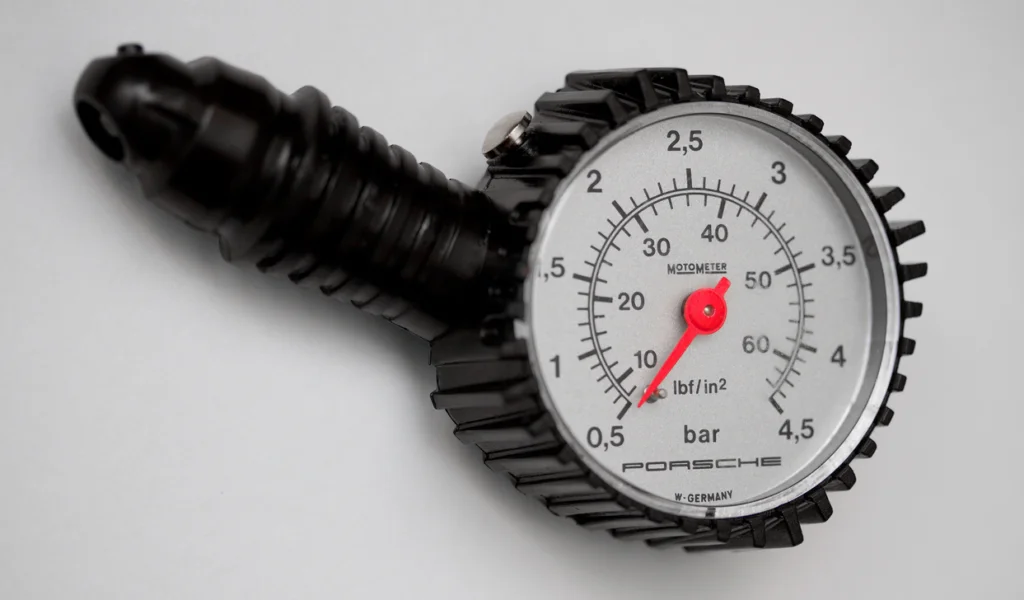
That metallic pencil-shaped tool for checking tire pressure was a glove compartment essential, usually accompanied by a faint memory of the correct PSI for your particular vehicle. The satisfying “psst” as it measured air pressure was followed by squinting at tiny numbered markings while crouching beside gas station air pumps. Dad would demonstrate its proper use during teachable moments about car maintenance, showing how that little metal stick could prevent flat tires and improve gas mileage.
Gas station attendants would sometimes peek in the glove box while bringing back your credit card, nodding approvingly at the presence of this basic maintenance tool. The gauge would emerge during seasonal tire pressure checks or whenever a tire looked suspiciously low, briefly fulfilling its purpose before returning to its home among the napkins and maps. Remember the distinct feeling of automotive competence that came from knowing how to use this simple tool, even if you couldn’t change the oil or replace spark plugs?
10. Flashlight with Fading Batteries
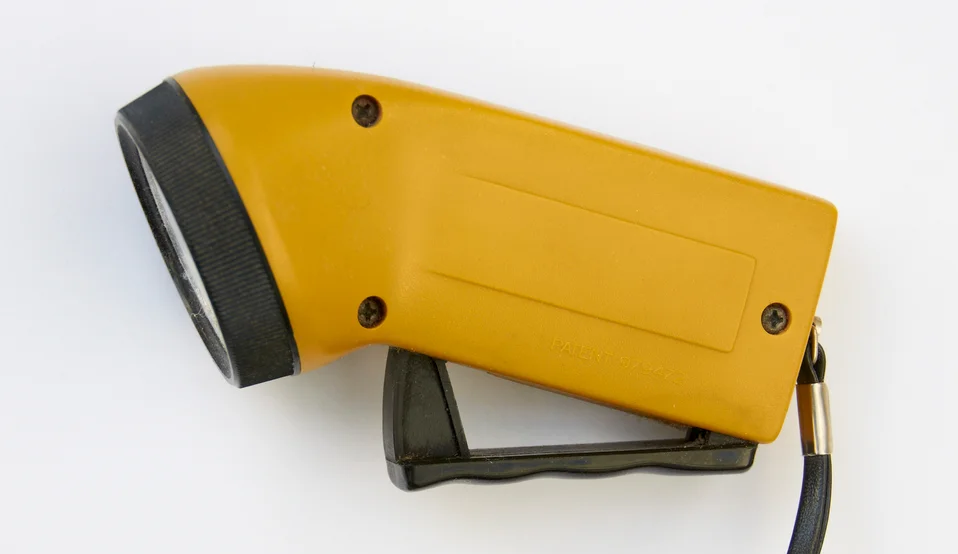
That sturdy black or chrome flashlight resided in the glove compartment, its batteries perpetually on the verge of dying at the exact moment you needed it most. The lens often sported a yellowish tint from age and the switch might require just the right touch to connect properly, but it remained a critical emergency tool for nighttime tire changes or finding items dropped under seats. Parents warned children not to play with it, knowing that fresh batteries were rarely on hand when genuine emergencies arose.
The beam dimmed progressively with each use until it produced little more than an amber glow, prompting promises to “replace those batteries this weekend” that rarely materialized. This trusty light would emerge during power outages at drive-in movies or to read maps during late-night wrong turns down unlit country roads. How many of us remember that distinctive smell of the corroded batteries when the flashlight had been forgotten for months, requiring a thorough cleaning before it would work again?
11. Packet of Travel Tissues

Those small rectangular packages of tissues served as backups to the fast food napkins, offering softer solutions for sneezes, tears, and various cleanup duties on the road. Often purchased for long trips and then forgotten until the next travel season, these compressed paper lifesavers expanded to fill whatever space remained in the increasingly crowded glove compartment. Mom would reach for them instinctively when a child in the backseat announced a suddenly runny nose or when Dad’s allergies kicked in while driving through farm country.
The travel-size packaging made them perfect for car storage, though they often emerged slightly squashed from being wedged under heavier items. These tissues featured prominently during spring pollen season and winter cold outbreaks, their supply dwindling rapidly during family illnesses. Remember how the last tissue in the pack always seemed to emerge at the most critical moment, sending Mom digging for the emergency fast food napkins while promising to restock at the next drugstore stop?
12. Peppermint Candies
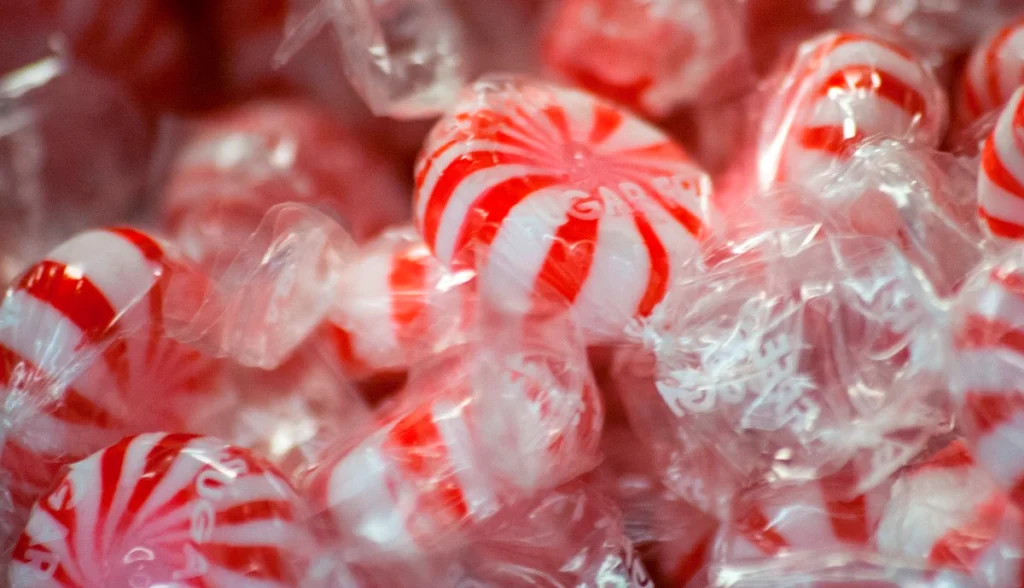
Those red and white striped peppermint candies wrapped in crinkly cellophane could be found in most glove compartments, slowly welding themselves together during hot summer months. Originally collected from restaurant checkout counters or hotel reception desks, these breath fresheners and carsickness remedies waited patiently until motion queasiness or hunger pangs struck. The distinctive peppermint scent permeated nearby papers and sometimes flavored the plastic interior of the compartment itself, creating a minty surprise when retrieving insurance cards.
Parents strategically deployed these candies to quiet fussy children during long drives or as rewards for good behavior at Grandma’s house. Their wrapper noise provided a telltale alert that someone was accessing the forbidden candy stash, often prompting siblings to demand equal treatment. How many of us remember that uniquely satisfying feeling of discovering a forgotten peppermint at the back of the glove compartment during a particularly boring drive, its wrapper slightly stuck to the owner’s manual but the candy inside still perfectly edible?
As we close this journey down memory lane, it’s amazing how these simple items defined our road trip experiences in ways smartphone apps never could. The glove compartment was more than storage—it was a physical representation of preparedness, practicality, and the little comforts that made long drives bearable in the polyester decade. Next time you open your modern car’s compartment to find nothing but the owner’s manual and perhaps a phone charger, take a moment to remember when these little doors opened to reveal the perfect time capsule of 1970s automotive culture.


